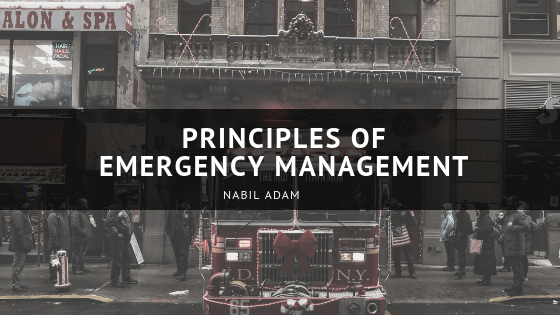Within Emergency Management, there are different principles and best practices that are followed in each program. These principles have been developed to become protocol and national standards in emergency management throughout federal, state, and local government. The four main principles are Mitigation, Preparedness, Response, and Recovery. In this article, we will through each of these phases and what each one entails.
Mitigation
Mitigation is the way we try and prevent emergencies from happening in the future and minimize their impact. When a mitigation activity is effective, it can help to reduce the need for reconstruction and disaster damage. An example of how mitigation works is by taking necessary precautions for flood damage. Since many communities are utilizing the new building standards that are designed to reduce flood damages, this will reduce costs for homeowners and communities in the event of major flooding or disaster. This is also supplemented by flood insurance which will also protect the homeowner from a large financial impact on damages.
Preparedness
Preparedness is as it states, making preparations for an emergency. This includes the preparation of procedures that will help to save lives and decrease damages that occur from a disaster. With preparedness comes the development of emergency response teams and evacuation plans. So that in the event of an emergency or disaster, the community as a whole is ready to handle a multitude of emergency situations or have a clear plan and procedure to follow.
Response
The Response phase consists of the effectiveness of the first responders in an emergency situation or disaster. This includes ambulance crews, firefighters, and police officers which make up the first responders in an event. This is where preparedness comes into play and you will utilize these plans and procedures. The Response principle and phase happens during the emergency and includes any life-saving actions and ways to prevent damage.
Recovery
Recovery is the act of recovering from an emergency event or disaster and returning a community back to the way it was before the event. This includes making any repairs, replacing items or having to rebuild properties and buildings. When rebuilding a community after a disaster, the goal is to rebuild the community better, preparing it for these types of emergency situations and events.
Each of these phases works in tandem with each other to keep our emergency response and management running effectively from start to finish. This is how we continue to protect ourselves from damage both physically and financially. Staying safe and preventing future emergencies is the goal of emergency management.

